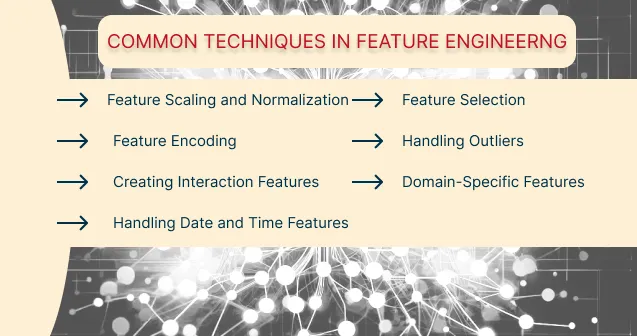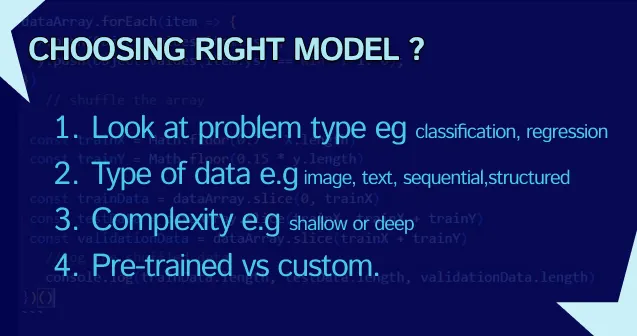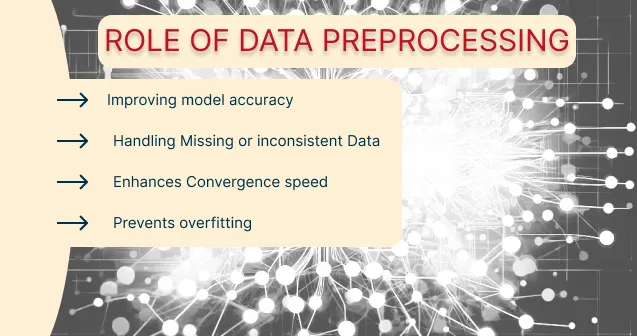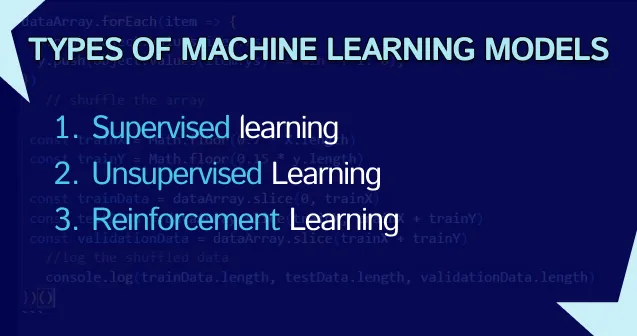
The Significance of Feature Engineering in Model Development
Understand the concept of feature engineering and its importance in improving model performance. Explore techniques like feature scaling, interaction terms, and domain-specific feature creation.
· tutorials · 2 minutes
The Significance of Feature Engineering in Model Development
Feature engineering is the process of selecting, transforming, and creating features from raw data to improve the performance of machine learning models. It bridges the gap between raw data and model input, enabling the model to better understand the data and make accurate predictions.
Why Is Feature Engineering Important?
- Boosts Model Performance: Carefully crafted features can reveal hidden patterns and relationships in the data.
- Simplifies Model Complexity: Effective feature engineering can reduce the need for overly complex models.
- Improves Generalization: Helps models perform better on unseen data by focusing on meaningful patterns.
- Enhances Interpretability: Domain-specific features make model outputs easier to understand and trust.
Common Techniques in Feature Engineering
1. Feature Scaling and Normalization
Ensure numerical features are on the same scale to avoid dominance by larger values.
- Standardization: Rescales features to have a mean of 0 and a standard deviation of 1.
- Min-Max Scaling: Scales values to a specific range, often [0, 1].
const data = tf.tensor1d([10, 20, 30, 40, 50]);const min = data.min();const max = data.max();const scaledData = data.sub(min).div(max.sub(min));scaledData.print(); // [0, 0.25, 0.5, 0.75, 1]2. Feature Encoding
Convert categorical data into numerical representations.
- One-Hot Encoding: Represents each category as a binary vector.
- Label Encoding: Assigns unique integer values to each category.
const categories = tf.tensor1d([0, 1, 2, 0, 1]);const oneHot = tf.oneHot(categories, 3);oneHot.print();3. Creating Interaction Features
Combine existing features to capture relationships.
- Example: Multiply featureA and featureB to create a new interaction term.
4. Handling Date and Time Features
Extract meaningful components like day of the week, month, or time of day.
- Example: Add isWeekend or hourOfDay as features for time-series data.
const rawDates = ["2024-12-01", "2024-12-02", "2024-12-03"];const isWeekend = rawDates.map(date => { const day = new Date(date).getDay(); return day === 0 || day === 6 ? 1 : 0;});console.log(isWeekend); // [1, 0, 0]5. Feature Selection
Identify and retain only the most relevant features.
- Techniques: Correlation analysis, variance thresholds, and feature importance from models like Random Forests.
6. Handling Outliers
- Remove or transform outliers to prevent them from skewing the model.
7. Domain-Specific Features
Use knowledge of the domain to create features that capture meaningful relationships.
- Example: For e-commerce, calculate the ratio of purchaseAmount to timeSpent.
Example Workflow: Applying Feature Engineering
- Analyze the Dataset: Understand the distribution and relationships between features.
- Scale and Normalize: Apply transformations to standardize numerical values.
- Encode Categorical Data: Use techniques like one-hot encoding.
- Create New Features: Generate interaction terms or domain-specific features.
- Select Key Features: Use statistical or model-based techniques to choose the most impactful ones.
Advanced Techniques in Feature Engineering
- Polynomial Features: Capture non-linear relationships by creating powers and interactions of features.
- Embedding Layers: Learn dense vector representations of categorical data for deep learning models.
- Dimensionality Reduction: Use techniques like PCA or t-SNE to reduce the number of features while retaining essential information.
More posts
-

Selecting an Appropriate Model Architecture for a Given Problem
Learn the step-by-step process of selecting the right model architecture for your machine learning problem. Understand key considerations like data type, task complexity, and TensorFlow.js examples.
-

The Role of Data Preprocessing in TensorFlow.js Models
Discover the importance of data preprocessing in building effective TensorFlow.js models. Learn common techniques like normalization, encoding, and handling missing values to optimize model performance.
-

Types of Machine Learning Models: Explained with Examples
Explore the three main types of machine learning models—supervised, unsupervised, and reinforcement learning—with clear explanations and practical examples in TensorFlow.js.